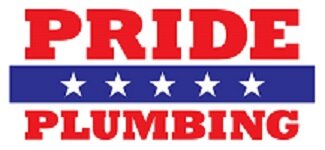Tips to Prevent Frozen Pipes
Simple Steps To Help Prevent Damage
Introduction
Allow water to drip from faucets served by exposed pipes. Winter in Rochester often means low temperatures, snow, and a wind chill below zero. When the weather is very cold outside, let water drip from the faucet served by the exposed pipes. This eliminates some pressure that is built up in freezing cold pipes and when the water is moving within the pipe, even at a trickle, it is more resistant to freezing, much like a river. Rather than allowing the water to drip down the drain, which is a waste of water and money, collect the water in a bucket or pot and use this to boil water for your pasta dinner or to water plants around the house.
These simple steps can prevent flood damage and an unexpected expense:
Find the pipes at risk of freezing. The faucets nearest to exterior walls are likely connected to pipes that could freeze and rupture during extreme cold.
Turn on the hot and cold taps before bed to allow for a slight trickle. The temperature is most likely to be coldest through the night, which is why this should be done before bed.
Open cabinets under sinks to expose the pipes to warmer household air overnight. If you have children or pets, be sure to safely store any cleaning chemicals or other hazards that are stored under your sink.
Turn the faucet off in the morning. As the outdoor temperature rises during the day, there is a lower risk of pipes freezing.
Extreme Damage
Extreme damage can occur to your home as a result of pipes freezing and rupturing. Call your neighborhood plumber today at (585) 271-7150 for a home inspection to help prevent a future plumbing disaster.



